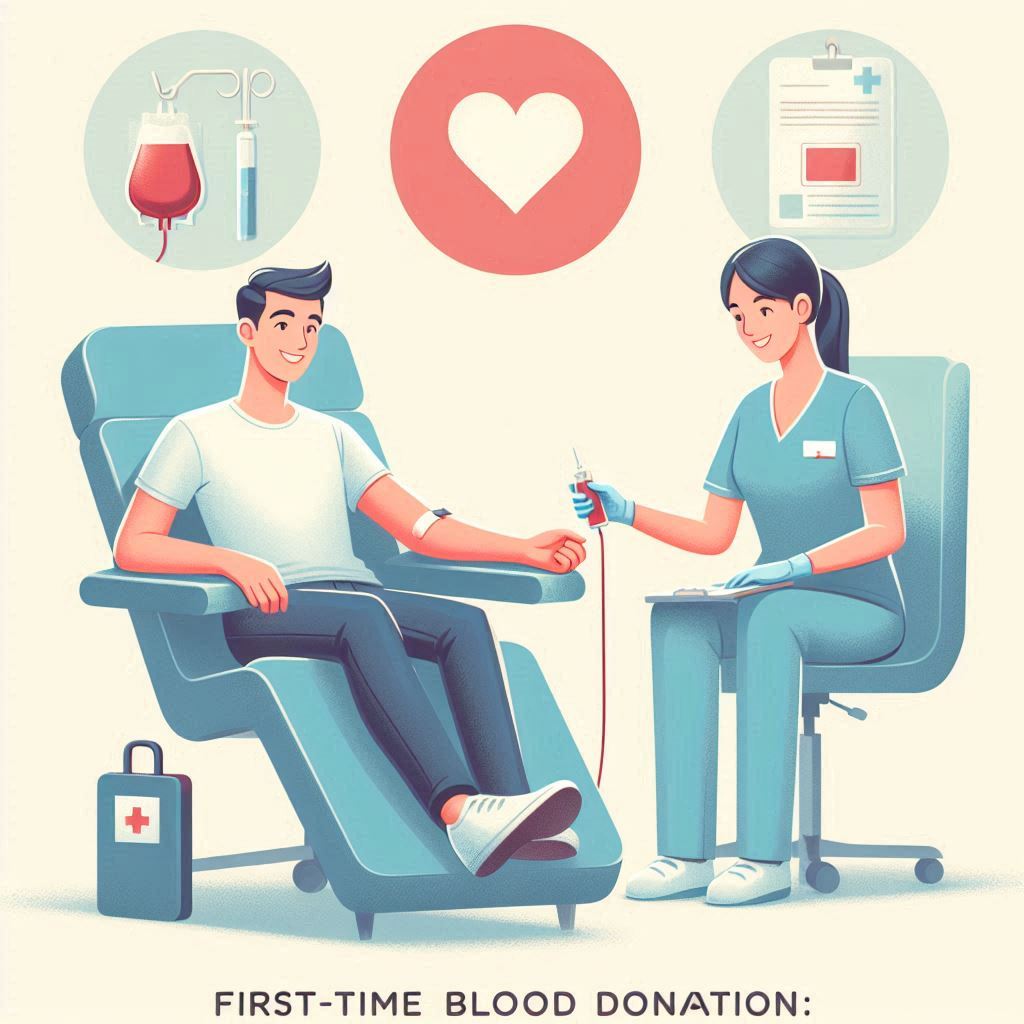The Process of Blood Donation: What to Expect for First-Time Donors

Post By Admin
Donating blood for the first time can feel a bit intimidating, but knowing what to expect can help ease your nerves. Here's a step-by-step guide to the blood donation process, so you're prepared and confident. Before you head to the donation center, there are a few things to keep in mind: Once you arrive at the donation center, you'll need to check in at the front desk. The staff will ask you to fill out a health history questionnaire, which helps ensure you're eligible to donate blood. Afterward, a medical professional will perform a brief health screening, including checking your: If everything checks out, you'll be cleared to donate. Now it's time for the actual blood donation: The donation itself is quick and usually painless, though you may feel a slight pinch when the needle goes in. Remember to stay calm and let the staff know if you feel any discomfort. After donating, the nurse will remove the needle and bandage your arm. You'll be asked to sit for a few minutes to ensure you're feeling okay. Most donation centers will offer snacks and drinks to help replenish your fluids and energy levels. Be sure to follow these tips after donating: As a first-time donor, you can take pride in knowing that your donation could help save multiple lives. Not only is it a generous act, but blood donation also offers health benefits for the donor, including maintaining healthy iron levels and potentially reducing the risk of certain diseases.The Process of Blood Donation: What to Expect for First-Time Donors
1. Preparing for Your Donation
2. Arriving at the Donation Center
3. The Donation Process
4. Aftercare: What Happens Next
5. The Benefits of Donating Blood
Leave a comment